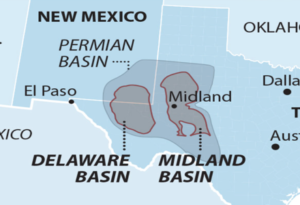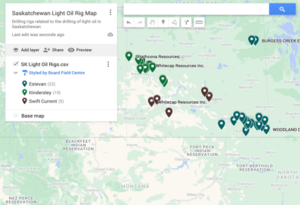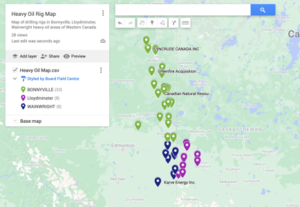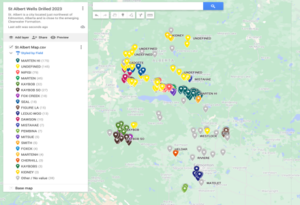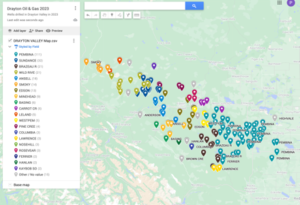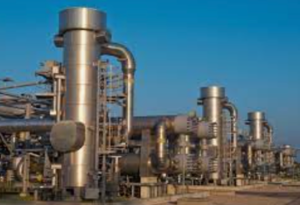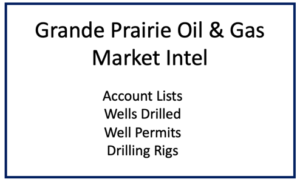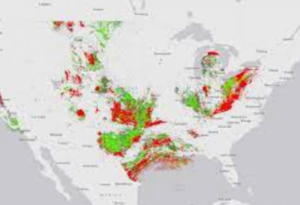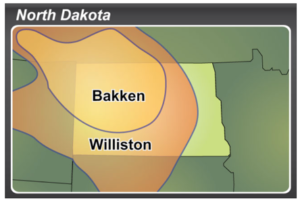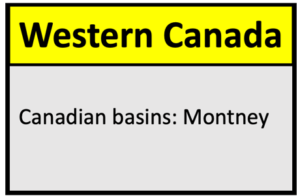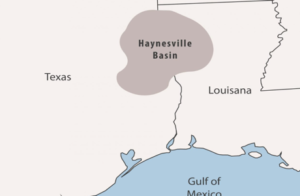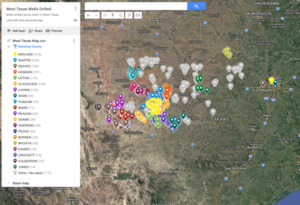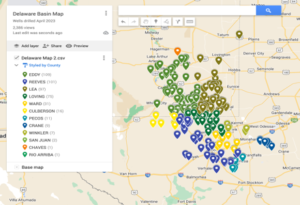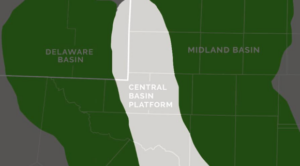The energy sector continues to grapple with evolving dynamics, from the pursuit of operational efficiency to the uncertainty of global commodity prices. Recent insights from ConocoPhillips’ third-quarter 2024 earnings call shed light on the company’s approach to managing production plateau, optimizing drilling and fracturing programs, and its outlook on 2025 commodity prices.

Production Plateau: Stability Through Strategic Management
A production plateau, where oil and gas output levels stabilize after a period of growth, is often a sign of operational maturity. ConocoPhillips’ portfolio, particularly in the Permian Basin, demonstrates significant growth potential even as it approaches this stage. The company’s leadership highlighted its ability to maintain steady production levels without aggressive expansion, thanks to its extensive inventory of top-tier drilling locations.
With over two decades of inventory in the Permian, ConocoPhillips has emphasized its ability to sustain modest growth (4–5% annually) well into the next decade. This strategic plateau approach allows the company to optimize resource allocation while maximizing shareholder returns.
Reduction in Drilling and Fracturing Programs
One of the key takeaways from ConocoPhillips’ strategy is its plan to reduce capital expenditures by at least $500 million in 2025. This reduction is largely attributed to its pending acquisition of Marathon Oil, which has unlocked significant operational synergies. By integrating Marathon’s assets and reworking combined drilling and refracturing programs, ConocoPhillips can achieve the same production outcomes with fewer rigs and frac crews.
Key drivers of this optimization include:
- Steady-State Operations: A focus on consistent, level-loaded activity rather than fluctuating drilling schedules improves efficiency and cost control.
- Technology and Scale: Leveraging advanced drilling and completion technologies, along with the scale of the combined portfolio, ensures operational efficiencies across basins like the Eagle Ford and Bakken.
- Capital Discipline: With fewer rigs and frac crews, the company can allocate resources more effectively, enhancing both short-term returns and long-term sustainability.
2025 Commodity Price Outlook
Commodity prices remain a critical factor influencing capital allocation and production strategies. ConocoPhillips’ leadership addressed the current volatility in oil and gas markets, citing divergent trends:
- Oil Prices: Persistent backwardation in the oil market reflects immediate supply concerns but lower confidence in future prices. Demand growth projections for 2024 have softened to around 1 million barrels per day, influenced by China’s economic slowdown.
- Natural Gas Prices: The Permian’s pipeline constraints have pressured Waha gas prices, though relief is expected with the ramp-up of infrastructure projects like the Matterhorn Pipeline in 2025.
Despite these uncertainties, ConocoPhillips remains constructive on the medium-term outlook, with expectations of crude prices staying above equilibrium levels. The company’s low breakeven costs and robust balance sheet position it well to weather market volatility while maintaining shareholder distributions.
The Road Ahead: Balancing Growth and Efficiency
ConocoPhillips’ strategic approach to managing a production plateau, optimizing drilling and fracturing programs, and adapting to fluctuating commodity prices underscores its commitment to disciplined growth. By reducing activity levels without compromising output, the company is setting a benchmark for operational efficiency in the industry.
As 2025 approaches, the energy landscape will likely continue to evolve, shaped by geopolitical events, global demand trends, and advancements in technology. Companies that can strike a balance between cost efficiency, resource stewardship, and market responsiveness will emerge as industry leaders—and ConocoPhillips is positioning itself to be one of them.
What are your thoughts on ConocoPhillips’ strategy? How will reduced drilling and fracturing programs impact the broader industry? Share your insights in the comments below.


